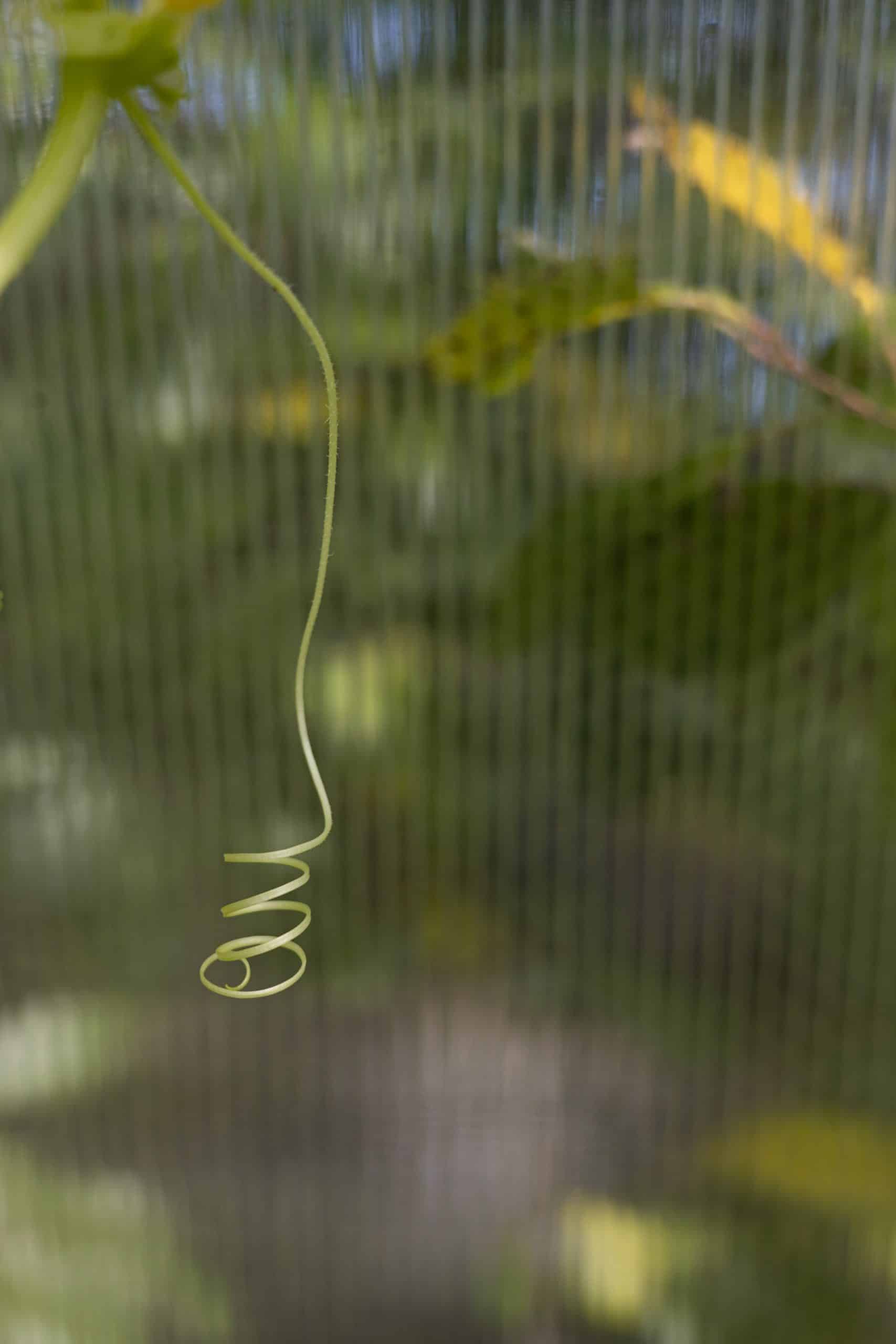The grand moment has arrived! Your family has welcomed a new, bouncing puppy into your household, and the excitement is palpable. But wait, there’s also a senior cat that has been a loyal companion for years. Now the question arises: How do you introduce the new puppy to the aging cat?
This article will guide you through the process step by step. We will explore various strategies that will help you ensure that both animals feel safe, secure, and loved during this transitional period. We want to help you minimize stress and create an environment that helps both the puppy and the cat adjust to their new life together.
Avez-vous vu cela : How to set up a home for a new reptile pet
Understanding Cat and Dog Behavior
To successfully introduce a new pet into the household, it’s crucial to understand the unique behaviors and instincts of both cats and dogs. The saying "fighting like cats and dogs" didn’t spring out of nowhere. These two species communicate differently and have different social structures, which can lead to misunderstandings and conflict.
Cats are often territorial, preferring to have their own space, especially as they get older. Sudden changes can be stressful for them, and they might react with fear or aggression. On the other hand, puppies are usually energetic, playful, and curious, which might come off as threatening to an older cat.
Dans le meme genre : Can Parrots Be Taught to Understand and Respond to Their Names?
The Importance of First Impressions
The initial introduction between your new puppy and aging cat is a pivotal moment that could shape their relationship. This step will require patience, as rushing could lead to negative associations and potential conflict.
Before the introduction, make sure your cat has access to high places where it can escape from the puppy if needed. This will provide a sense of security and control for the cat. On the other hand, the puppy should have a safe confined space where it can’t annoy the cat.
The first meeting should be short and controlled, with both animals on leashes. Observe their reactions closely. If they seem comfortable, praise them and offer treats. Repeat this process, gradually increasing the time they spend together.
Using Scents for Familiarization
Animals rely heavily on their sense of smell for communication and identification. Exchanging scents can be an effective way to familiarize your pets with each other before they meet visually.
A simple method would be rubbing a cloth on each pet and placing it near the other pet’s sleeping area. This allows each animal to get used to the other’s scent in a non-threatening way. Repeat the process until both pets appear comfortable with the scent, which is usually indicated by a lack of aggressive or fearful reactions.
Supervised Playtime and Interaction
As the pets get familiarized with each other’s presence and scent, you can gradually increase their face-to-face interaction. Playtime can be an effective way to foster positive associations.
Keep these sessions short and fun. Play with your puppy in the presence of the cat, but don’t force interaction. Over time, they will start to associate the presence of the other with positive experiences. Always supervise these sessions to ensure safe play.
Encouraging Shared Activities
Once the pets seem comfortable in each other’s presence, you can start encouraging shared activities. This could be eating meals at the same time (though at a safe distance), playing with toys together, or even napping in the same room.
These shared activities, when carried out peacefully, will strengthen the bond between your pets and help establish a sense of harmony and cohabitation in the household. It’s important to closely monitor these activities to intervene if any signs of stress or aggression appear.
Remember, introducing a new puppy to an aging cat is an intricate process that requires patience and understanding of animal behavior. Each pet is unique and will react differently. However, by following these guidelines, you will increase the chances of a successful introduction and a harmonious household.
Maintaining Balance in the New Dynamic
Now that you’ve successfully introduced your new puppy to your aging cat, it’s essential to keep maintaining a balanced, peaceful relationship between them. Remember, your senior cat was once the sole focus of your pet-related attention, and a sudden shift in attention can lead to jealousy.
Ensure that you still spend quality time with your older cat, reassuring her that she is still loved and valued. Use this time to engage in activities that she enjoys, such as gentle playtime or quiet cuddle sessions. This not only reinforces your bond but also helps to reduce any potential stress or anxiety.
On the other hand, the puppy also needs your attention for training and socialization. Puppies have a lot of energy and need constructive outlets for it. Incorporate training sessions into your daily routine, and remember to reward good behavior. This will keep your puppy engaged and help it to develop into a well-behaved adult dog.
It’s also important to keep an eye on the interactions between your cat and dog. Watch for any signs of stress or aggression from either pet and intervene if necessary. Remember the key principle here is patience. With time, they will learn to understand each other’s communication styles and develop a peaceful coexistence.
Conclusion
Introducing a new puppy to a household with an aging cat is indeed a delicate process, requiring careful planning, understanding, and patience. However, by following the steps outlined in this article, you can ensure a smooth transition and foster a positive relationship between your pets.
Remember, every cat and dog is unique and may respond differently to the introduction. Don’t be disheartened if the process takes longer than expected or if there are a few bumps along the way. Stay patient and consistent, and in time, your two pets will adjust to their new living situation.
Your goal is to create a harmonious environment where both your aging cat and new puppy feel safe, secure, and loved. With careful supervision and lots of love, you can help your pets build a bond that will bring joy and companionship to your household.
In conclusion, introducing a new puppy to an aging cat does not have to be a daunting experience. Following these guidelines will significantly ease the process and increase the likelihood of a successful introduction. Just remember – patience is key!
















